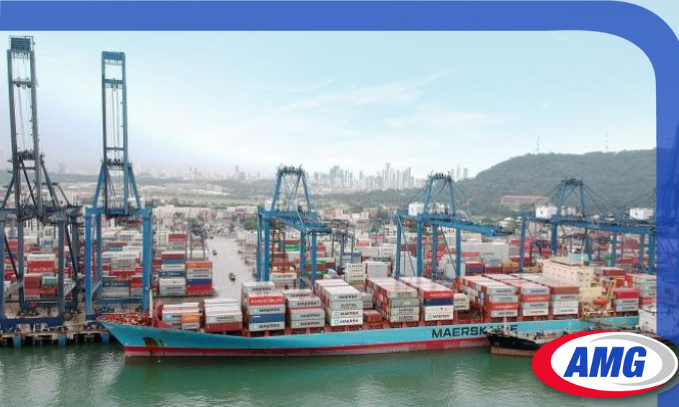Maersk issued an advisory to customers using its northbound and southbound OC1 service, operating between Oceania and the Americas would no longer transit the Panama Canal and instead utilise a rail connection across the Central American country.
“Based on current and projected water levels in Gatun Lake, the Panama Canal Authority (ACP) has needed to make reductions to the amount and weight of vessels that can pass through the canal. Whilst we continue to work closely with the ACP, moderating and aligning our operations to fit the changes, we have made changes to services to ensure that our customers are impacted as minimally as possible,” Maersk said.
While the ACP increased the number of transit slots to 24 daily from January this year pulling back from a plan to reduce the number of transits to just 18 daily from February, the number of daily transits is still well below the normal level of 36 and draught restrictions are also in place impacting the amount of cargo that can be carried. Late December to April is traditionally Panama’s dry season which could result in further restrictions.“The vessels that utilised the Panama Canal before will now omit the Panama Canal and use a “land bridge” that utilises rail to transport cargo across the 80 km of Panama to the other side. This creates two separate loops, one Atlantic and one Pacific.”
The use of a landbridge in Panama effectively breaks the OC1 service into two separate legs. Vessels transiting on the Pacific side of the service will turn at Balboa, Panama, dropping off cargo heading for Latin America and North America and picking up cargo heading for Australia and New Zealand.
For the Atlantic loop of the OC1 service vessels will turn at Manzanillo, Panama, dropping off cargo heading for Australia and New Zealand and picking up cargo heading for Latin and North America.




